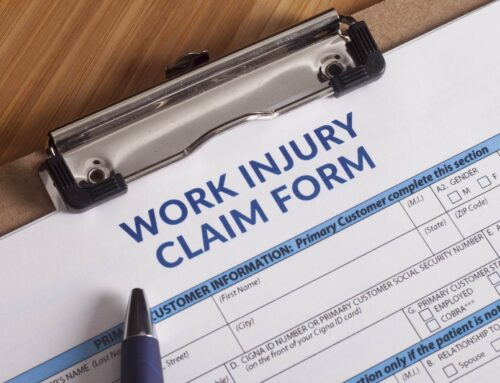Between 2003 and 2006, there were approximately 458 million hospital emergency room visits by U.S. patients. And a recent study by the Health Services Research Journal, in conjunction with the CDC’s National Institute for Occupational Safety and Health, has brought to light a startling statistic. According to the study, about 125 million workers in the U.S. (out of a workforce of 155 million) are covered by workers’ compensation (leaving out self-employed workers and others). But regardless of this high number, as many as 40% of all work-related injuries and illnesses that find their ways into hospital ERs are not paid for by workers’ compensation systems.
Individuals are being admitted to hospitals for injuries and sicknesses that could or should be billed to workers’ comp. But these workers are not doing so. They are paying for bills themselves, or billing them to private insurers, Medicaid or Medicare. Thirty-seven percent of workers are not billing worker-related injury medical costs to workers’ compensation. And as many as 47% of workers experiencing a work-relate illness are not doing so.
Academics and professionals in the industry blame numerous factors for this discrepancy. Some workers are afraid of employer reprisals in the form of stigmatization, losing promotion chances, or firings. Still others blame the complexity of the workers’ compensation system itself.
“[F]or many workers,” write Emily Spieler (JD) and John F. Burton (PhD)–two researchers that have also recently explored this issue, “the workers’ compensation system is dizzying and frustrating in its complexity and apparent irrationality. While the rules may be understandable to repeat players–particularly insurers and third-party administrators of claims–they are obscure to many workers who are caught up in the delays and denials. Some say it is no accident that Franz Kafka worked in a workers’ compensation bureau: the term Kafkaesque is fitting for the experience of many injured workers.”
And, according to the above-mentioned study, the problem is only getting worse. Year after year, more workers have looked to alternative means of payment for work-related injuries and illnesses. The problem is medical costs especially medication rise above the increase percentage of premium able to be collected by the carriers. So, the injured worker loses because care is denied or slowed down and the process made so frustrating that people are forced to find other methods to receive treatment so that they can return to the work force. If you are intersted in additional information, please contact me at 609-246-0668 orsgaylord@gaylordpopp.com.





